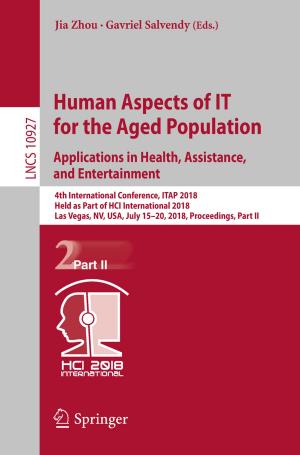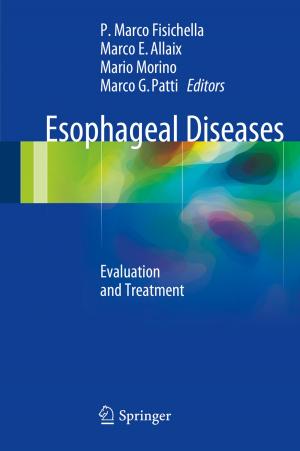Antimicrobial Drug Resistance
Clinical and Epidemiological Aspects, Volume 2
Nonfiction, Health & Well Being, Medical, Ailments & Diseases, Infectious Diseases, General, Medical Science, Pharmacology| Author: | ISBN: | 9783319472669 | |
| Publisher: | Springer International Publishing | Publication: | June 19, 2017 |
| Imprint: | Springer | Language: | English |
| Author: | |
| ISBN: | 9783319472669 |
| Publisher: | Springer International Publishing |
| Publication: | June 19, 2017 |
| Imprint: | Springer |
| Language: | English |
The two volumes included in Antimicrobial Drug Resistance, Second Edition is an updated, comprehensive and multidisciplinary reference covering the area of antimicrobial drug resistance in bacteria, fungi, viruses, and parasites from basic science, clinical, and epidemiological perspectives. This newly revised compendium reviews the most current research and development on drug resistance while still providing the information in the accessible format of the first edition. The first volume, Antimicrobial Drug Resistance: Mechanisms of Drug Resistance, is dedicated to the biological basis of drug resistance and effective avenues for drug development. With the emergence of more drug-resistant organisms, the approach to dealing with the drug resistance problem must include the research of different aspects of the mechanisms of bacterial resistance and the dissemination of resistance genes as well as research utilizing new genomic information. These approaches will permit the design of novel strategies to develop new antibiotics and preserve the effectiveness of those currently available. The second volume, Antimicrobial Drug Resistance: Clinical and Epidemiological Aspects, is devoted to the clinical aspects of drug resistance. Although there is evidence that restricted use of a specific antibiotic can be followed by a decrease in drug resistance to that agent, drug resistance control is not easily achieved. Thus, the infectious diseases physician requires input from the clinical microbiologist, antimicrobial stewardship personnel, and infection control specialist to make informed choices for the effective management of various strains of drug-resistant pathogens in individual patients. This 2-volume set is an important reference for students in microbiology, infectious diseases physicians, medical students, basic scientists, drug development researchers, microbiologists, epidemiologists, and public health practitioners.
The two volumes included in Antimicrobial Drug Resistance, Second Edition is an updated, comprehensive and multidisciplinary reference covering the area of antimicrobial drug resistance in bacteria, fungi, viruses, and parasites from basic science, clinical, and epidemiological perspectives. This newly revised compendium reviews the most current research and development on drug resistance while still providing the information in the accessible format of the first edition. The first volume, Antimicrobial Drug Resistance: Mechanisms of Drug Resistance, is dedicated to the biological basis of drug resistance and effective avenues for drug development. With the emergence of more drug-resistant organisms, the approach to dealing with the drug resistance problem must include the research of different aspects of the mechanisms of bacterial resistance and the dissemination of resistance genes as well as research utilizing new genomic information. These approaches will permit the design of novel strategies to develop new antibiotics and preserve the effectiveness of those currently available. The second volume, Antimicrobial Drug Resistance: Clinical and Epidemiological Aspects, is devoted to the clinical aspects of drug resistance. Although there is evidence that restricted use of a specific antibiotic can be followed by a decrease in drug resistance to that agent, drug resistance control is not easily achieved. Thus, the infectious diseases physician requires input from the clinical microbiologist, antimicrobial stewardship personnel, and infection control specialist to make informed choices for the effective management of various strains of drug-resistant pathogens in individual patients. This 2-volume set is an important reference for students in microbiology, infectious diseases physicians, medical students, basic scientists, drug development researchers, microbiologists, epidemiologists, and public health practitioners.















